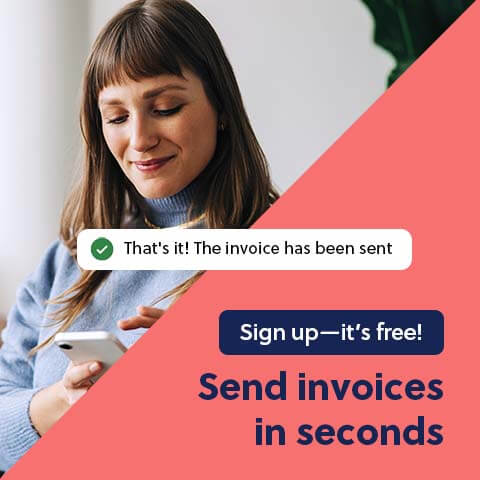A self-employed individual is a person who provides goods and services without being employed. They can also be called sole traders, freelancers or independent contractors.
People who are self-employed have usually set up what we call a sole proprietorship, but they can also register a limited liability company.
What do self-employed people do?
Self-employed people work in all kinds of industries, but some of the most common are content creators, developers, consultants, photographers, video editors, personal trainers, virtual assistants, social media managers, artists, electricians, and plumbers.
If you have something you’re good at and passionate about, you can consider becoming self-employed within that industry.

What are the benefits of this kind of work?
As a self-employed person, you get to set your own working hours, choose your clients, and choose what kind of projects you work on. This freedom and flexibility is the reason many people want to be freelancers and contractors.
The business or individual who hires you, only get to dictate the end result of your work, not how you get there. For example, if someone hires you to design a website, they can’t demand that you work 9-5 hours, or that you come to their office to perform the work.
However, as a self-employed person, you have a lot of responsibilities. You have to file and pay income tax or corporate tax yourself, you don’t have an employer to do it for you. You pay income tax if you run a sole proprietorship, and corporate tax if you have your a limited liability company.
You need to make sure that you’re insured, and that you’re setting aside money for your pension, since you don’t have employee benefits.
You also have to invoice your clients to get paid for your work. We recommend using invoicing software to do this—it makes invoicing easier and quicker, and it makes your invoices look more professional. There are free invoicing softwares on the market.
You also have to get new clients, so you should be good at marketing, networking, and pitching yourself.
